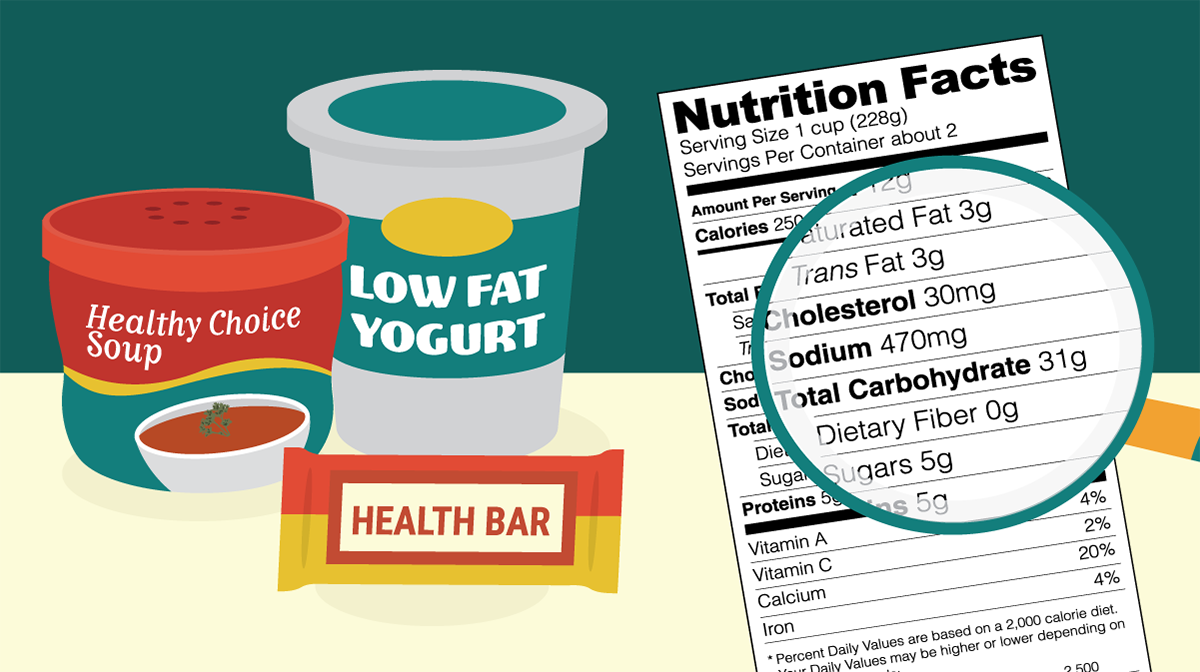Introduction
As consumers become more health-conscious and environmentally aware in 2025, the demand for organic, non-GMO, and pesticide-free foods has surged. But what do these labels really mean, and why do they matter? This blog explores the science behind choosing non-GMO and pesticide-free foods, highlighting their impact on health, the environment, and the future of sustainable agriculture. Discover why these choices aren’t just a trend—they’re a commitment to a healthier you and a better planet.
Understanding the Basics: Non-GMO and Pesticide-Free
Non-GMO means the product is made without genetically modified organisms—plants or animals whose DNA has been altered in a lab to exhibit certain traits, such as pest resistance or faster growth1311.
Pesticide-free products are grown without synthetic chemical pesticides, relying instead on natural methods to control pests and diseases475.
Organic food, by definition, is both non-GMO and pesticide-free, but also encompasses broader sustainable and ethical farming practices510.
The Science Behind Non-GMO Choices
1. Reduced Chemical Exposure
Many GMO crops are engineered to be resistant to herbicides, leading to increased use of chemicals like glyphosate. Choosing non-GMO foods often means less exposure to these chemical residues, which can accumulate in the body and have been linked to various health concerns31311.
2. Allergen and Health Concerns
Some GMO foods introduce new proteins that may trigger allergies or sensitivities in certain individuals. Non-GMO foods, produced through traditional breeding, are less likely to contain novel allergens, making them a safer choice for sensitive groups31311.
3. Unknown Long-Term Effects
Genetic modification is a relatively new technology, and there is a lack of long-term, independent studies on its effects in humans. By choosing non-GMO, consumers apply the precautionary principle—avoiding potential risks until more research is available31.
4. Preserving Genetic Diversity
Non-GMO farming supports biodiversity by encouraging the growth of traditional and heirloom crop varieties. This diversity is crucial for ecosystem health, resilience to pests and diseases, and future food security1311.
5. Sustainable Farming and Farmer Independence
Non-GMO agriculture often relies on crop rotation, natural pest control, and sustainable practices. It also allows farmers to save and replant seeds, promoting independence and reducing reliance on large agribusinesses3111.
The Science Behind Pesticide-Free Choices
1. Protecting Human Health
Pesticide exposure has been linked to a range of health issues, including cancer, hormone disruption, neurotoxicity, and reproductive problems412. Pesticide-free foods reduce these risks by eliminating synthetic chemical residues from your diet.
2. Higher Nutritional Value
Studies show that organic and pesticide-free foods often contain higher levels of vitamins, minerals, and antioxidants compared to conventionally grown produce2512. Healthier soil and natural farming methods contribute to more nutrient-dense crops.
3. Supporting Gut and Immune Health
Organic and pesticide-free foods are less likely to disrupt gut bacteria and are rich in antioxidants that support immune function, reduce inflammation, and promote overall well-being2125.
4. Environmental Sustainability
Pesticide-free farming protects soil, water, and non-target organisms like bees and beneficial insects. By reducing chemical runoff and promoting biodiversity, these methods help maintain healthy ecosystems and ensure long-term agricultural sustainability475.
5. Community and Economic Benefits
Supporting pesticide-free and organic agriculture helps local farmers, strengthens local economies, and reduces the carbon footprint associated with long-distance food transport247.
The Organic Advantage: Combining Non-GMO and Pesticide-Free
Organic food is the gold standard, guaranteeing both non-GMO and pesticide-free production. Here’s why organic choices matter:
-
No Synthetic Additives: Organic foods are grown without artificial preservatives, colors, or flavors, offering a cleaner, more natural product510.
-
Higher Antioxidant Content: Organic crops have been shown to contain more antioxidants, which protect against cell damage and chronic disease2512.
-
Better Taste and Freshness: Many consumers report that organic produce tastes better and stays fresher longer due to the absence of synthetic chemicals and preservatives212.
-
Lower Risk of Antibiotic Resistance: Organic livestock are raised without routine antibiotics, reducing the risk of antibiotic-resistant bacteria12.
-
Improved Soil and Water Quality: Organic farming practices enhance soil fertility, reduce erosion, and protect water sources from chemical contamination57.
Debunking Common Myths
Myth 1: Non-GMO means pesticide-free.
Not necessarily. Non-GMO crops can still be grown with synthetic pesticides unless they are also certified organic or labeled pesticide-free1011.
Myth 2: Organic is just a marketing label.
Organic certification involves strict standards, regular inspections, and third-party verification, ensuring products are genuinely non-GMO and pesticide-free510.
Myth 3: GMOs are always bad for the environment.
While some GMOs are designed to reduce pesticide use, many have led to increased herbicide application and biodiversity loss. Non-GMO and organic farming focus on holistic ecosystem health134.
Market Trends: Why Demand Is Rising in 2025
-
Health and Wellness: Consumers are prioritizing foods that are nutrient-rich, chemical-free, and minimally processed915.
-
Clean Label Movement: Shoppers want transparency, simple ingredients, and clear labeling—driving demand for non-GMO and pesticide-free options149.
-
Environmental Concerns: Sustainability and biodiversity are top priorities, with more people choosing organic to protect the planet915.
-
Retail and E-commerce Growth: Organic and non-GMO products are now widely available in supermarkets and online, making them more accessible than ever159.
How to Make the Switch: Practical Tips
-
Read Labels Carefully: Look for certified organic, non-GMO, and pesticide-free labels.
-
Shop Local: Farmers’ markets and local co-ops often offer fresh, organic, and pesticide-free options.
-
Prioritize the “Dirty Dozen”: Choose organic for produce most likely to carry pesticide residues (e.g., strawberries, spinach, apples)4.
-
Support Brands with Transparency: Choose companies that clearly disclose their sourcing and farming practices.
-
Grow Your Own: Even a small home garden can provide pesticide-free, non-GMO produce.
Conclusion
Choosing non-GMO and pesticide-free foods is more than a lifestyle choice—it’s a science-backed commitment to your health, your family’s well-being, and the future of our planet. By reducing chemical exposure, supporting biodiversity, and promoting sustainable farming, these choices empower you to make a real difference. As the organic market continues to grow in 2025, now is the perfect time to embrace the benefits of non-GMO and pesticide-free living for a healthier, more sustainable future.




